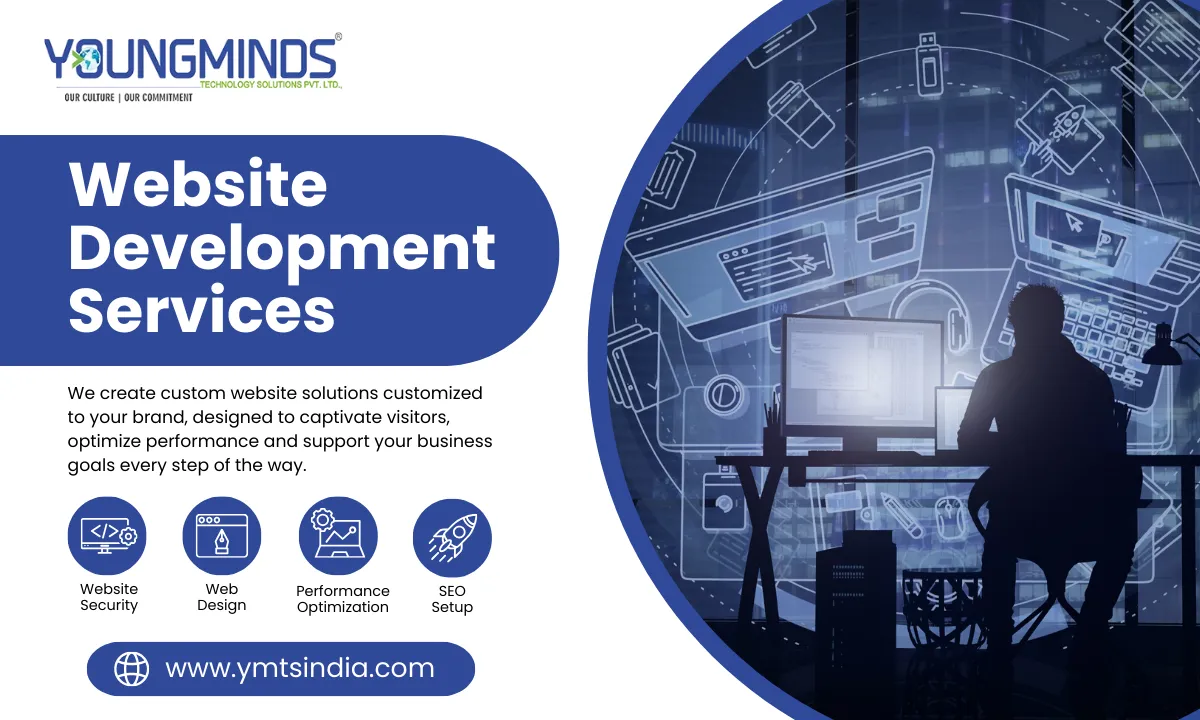What are some Common Mistakes in Embedded System Design?
Embedded systems are all around us—inside smart TVs, washing machines, cars, and even medical devices. But designing a good embedded system is not always easy. Many beginners and sometimes even experts make mistakes that can be avoided.
At YoungMinds, we help students, engineers, and companies learn and build better embedded systems. In this blog, we’ll show you Some common mistakes people make in embedded computing design—and how you can avoid them.
What is embedded system design?
Embedded system design is the process of developing a computer system that is incorporated or embedded software design in a larger device to perform specific functions. The system can be said as hardware like microcontrollers and software like firmware, which control the devices such as washing machines, cars, medical tools, etc.
Some common mistakes in embedded system design?
1. No Clear Plan or Requirements
Many people start designing without a clear idea of what the system should do. This leads to confusion and wasted time.
What to Do:
- Write down exactly what your system needs to do.
- Include things like speed, memory, size, power use, and cost.
- Keep updating your plan if things change, but always have a clear goal.
2. Hardware and Software Not Working Together
Some teams design hardware first, and only later think about the software—or the other way around. This often causes problems.
What to Do:
- Plan both hardware and software together from the beginning.
- Make sure both teams talk and work closely.
- Use tools to test both sides early, even before the final hardware is ready.
3. Forgetting About Memory and Battery
The infrastructure of embedded design engineer systems is quite memory-constraint, and some of them run on batteries. If you don’t plan for this, your system might not work well—or stop working completely.
What to Do:
- Know how much memory your program needs.
- Use low-power parts and smart software to save energy.
- Don’t guess—measure and test!
4. Not Thinking About Timing (Real-Time Needs)
Some systems need to respond very quickly—like in cars or medical devices. If you don’t plan for this, your system may react too slowly.
What to Do:
- Choosing an RTC Operating System where the high priority is given to the least space required.
- Set task priorities carefully.
- Test your system under heavy load to see if it still works fast.
5. No Error Handling
What happens if a sensor breaks? Or if the power goes out? Many systems don’t have a way to handle problems—and that’s dangerous.
What to Do:
- Add error checks in your code.
- Use watchdog timers to reset the system if it gets stuck.
- Always plan for the worst-case scenario.
6. Not Testing on Real Hardware
Testing only in simulations or on a development board is not enough. The real world is different, and unexpected bugs can appear.
What to Do:
- Test your system on the real hardware.
- Try it in the actual environment it will be used in.
- Get feedback from real users.
7. Ignoring Security
Many embedded devices connect to the internet—but without good security, they can be hacked.
What to Do:
- Use encryption and passwords to protect your device.
- Don’t leave any open ports or default passwords.
- Keep your software updated to fix security issues
8. No Way to Update Later
If something goes wrong after your product is sold, how will you fix it? Many systems don’t allow updates—and that’s a big risk.
What to Do:
- Design your system so you can update the software later (like through USB or over the air).
- Keep your code clean and easy to change.
- Plan for long-term support.
9. Messy Code and No Documentation
If your code is hard to read or not documented, no one will understand it later. This makes fixing bugs or adding features much harder.
What to Do:
- Write clear, clean code.
- Add comments to explain your work.
- Keep notes, diagrams, and documents organized.
10. Choosing the Wrong Parts
Picking the wrong microcontroller or sensor can cause big delays and extra money. Sometimes people choose parts that are too cheap or too powerful for what they really need.
What to Do:
- Choose parts that match your exact needs.
- Think about cost, size, speed, and future availability.
- If you’re not sure, ask experts—like the team at YoungMinds!
CONCLUSION
Embedded system design is at the heart of many smart devices we use every day. It combines both hardware and software to perform dedicated functions efficiently. Whether it’s in a mobile phone, a car, or a medical device, embedded systems make technology smarter and more reliable.
At YoungMinds, we specialize in helping students and professionals learn embedded systems through hands-on training and real-world projects. If you're ready to start your journey in embedded system design, and take the first step toward building your future in embedded technology.































































